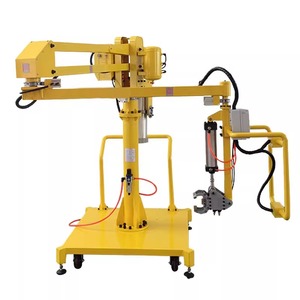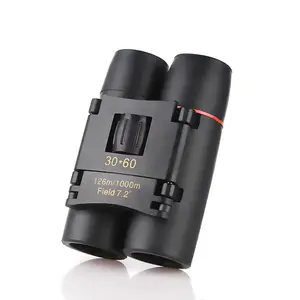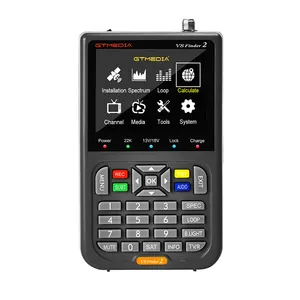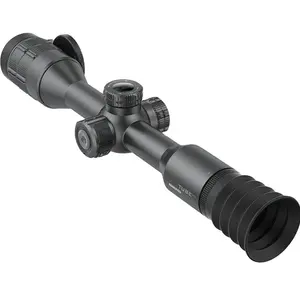Popular in your industry
















































































































































































































About balance arm crane
Introduction to Balance Arm Crane
A balance arm crane is a versatile lifting equipment widely used in various industries for efficiently moving heavy loads. It consists of a horizontal beam (the arm) that pivots around a vertical axis, allowing for precise and controlled lifting, lowering, and transporting of materials. These cranes are known for their stability, flexibility, and ease of operation, making them essential for handling tasks in construction sites, warehouses, workshops, and more.
Types of Balance Arm Cranes
There are several types of balance arm cranes available to suit different lifting requirements. Articulating cranes, also known as knuckle boom cranes, offer enhanced flexibility with multiple joints that enable them to reach confined spaces. Telescopic cranes feature extendable booms that provide increased height and reach for lifting heavy loads over obstacles. Wall-mounted cranes are ideal for areas with limited floor space, as they can be attached to walls or columns for efficient material handling.
Technical Specifications and Features
Typically, a balance arm crane has a lifting capacity ranging from a few hundred kilograms to several tons, depending on the model. The boom length can vary from a few meters to over 30 meters, allowing for lifting operations at different heights. These cranes are equipped with controls that enable precise movements, including rotation, elevation, and extension of the arm, ensuring safe and efficient load handling. Additionally, modern balance arm cranes may come with safety features such as overload protection and emergency stop mechanisms.
Advantages of Using Balance Arm Cranes
The use of balance arm cranes offers numerous advantages to businesses. Firstly, they enhance productivity by streamlining material handling processes and reducing manual labor. The precise control provided by these cranes minimizes the risk of accidents and damage to goods. Moreover, their versatility allows for efficient operation in diverse work environments, contributing to overall operational efficiency and cost-effectiveness.
Choosing the Right Balance Arm Crane
When selecting a balance arm crane for your business needs, consider factors such as the maximum lifting capacity required, the working environment (indoor or outdoor), available space for installation, and the type of materials to be handled. It is essential to choose a crane that meets safety standards and regulatory requirements to ensure compliance with workplace regulations. Additionally, assessing the reputation of the manufacturer and the availability of after-sales support can help in making an informed decision.
Maintenance and Care of Balance Arm Cranes
Proper maintenance is crucial to ensure the optimal performance and longevity of balance arm cranes. Regular inspections should be conducted to check for wear and tear, loose components, and proper functioning of safety features. Lubrication of moving parts, such as joints and bearings, is necessary to prevent friction and ensure smooth operation. Any signs of malfunction or damage should be addressed promptly by trained technicians to avoid downtime and ensure the safety of personnel and materials.
In conclusion, balance arm cranes are indispensable tools for businesses looking to enhance their material handling capabilities. By understanding the types, technical specifications, advantages, selection criteria, and maintenance requirements of these cranes, companies can make informed decisions to improve efficiency, safety, and productivity in their operations.








































